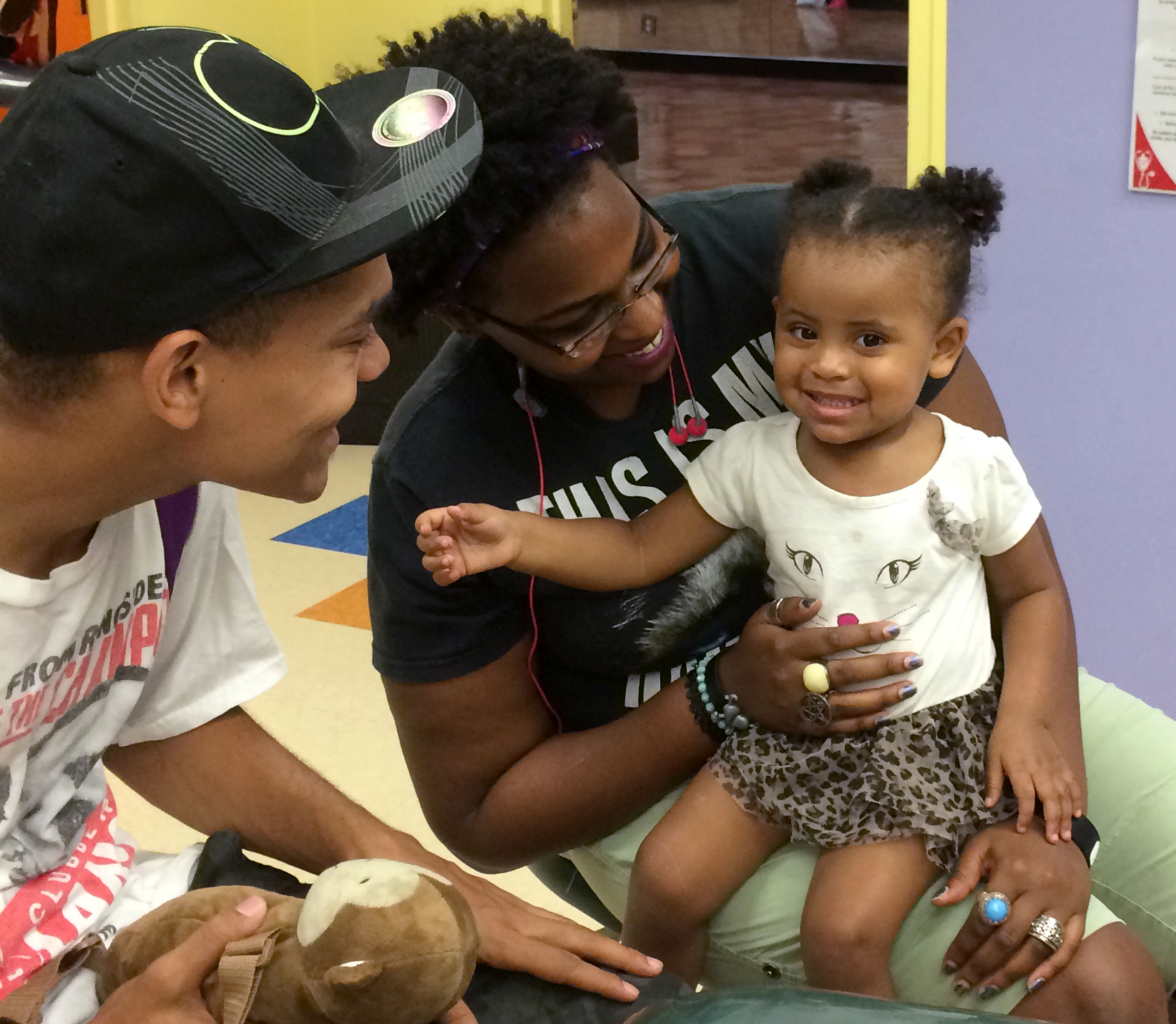First Dental Home: Is the initiative working?

TAMBCD researchers receive National Institutes of Health grant to evaluate the effectiveness of this state program.
Children enrolled in Medicaid have access to a state program known as the First Dental Home. Intended to improve the oral health of youngsters ages 6 months to 35 months, the initiative funds up to 10 dental visits that include cleanings, fluoride application, oral hygiene instruction and more. It’s all in an effort to mitigate the risk of tooth decay in children from low-income families throughout the state.

Approximately eight years after the program’s inception, preliminary data gathered from Texas A&M University Baylor College of Dentistry researchers reveals that, on average, families only utilize two to three visits during this three-year time frame. And that’s just the families who took advantage of the program. Of the estimated 700,000 children eligible for the First Dental Home, only 20 percent used the service, which prompts serious questions from TAMBCD researchers about the effectiveness of the program implementation.
“These are high-risk children,” says Paul Hoffmann, administrative director of extramural clinics at TAMBCD and co-investigator for the grant. “The premise is that if you provide the right nutrition, education and oral hygiene instruction, that you can move these children down from high risk to moderate to low risk. It’s really questionable if the program is working if you are only getting two to three visits.”
The reasons why are anyone’s guess — at least at this juncture. While conflicts such as transportation and work schedules may play a role, even positive forces such as steady compliance in the program and improved oral health, leading the treating dentist to recommend scaling back the number of recall visits, are distinct possibilities.
Finding out the cause of this trend is the focus of a $100,000 National Institutes of Health – Gulf States Health Policy Center grant awarded to researchers in the public health sciences department at TAMBCD.
“We don’t know the reasons for sure right now,” says Dr. Andreea Voinea-Griffin, principal investigator for the grant and research assistant professor in public health sciences. “What are the barriers to full compliance? The whole point of this grant is to find out.”
The approach
The grant, “Compliance barriers and initial outcomes of the Medicaid First Dental Home Policy,” provides $100,000 in funding over a two-year period. During that time, researchers will take a three-pronged approach to the study. First, they’ll review 1,000 dental charts taken from more than 20 Dallas private practices that participate in the First Dental Home program.
Hoffmann explains why: “We want to know if the number of visits is related to the number of recommendations by the dentists. It also will evaluate if the patients are actually noncompliant or if the dentists are recommending a lower number of visits.”
Focus groups will assess barriers that prevent parents of TAMBCD pediatric patients from fully utilizing the First Dental Home program. Participants will be organized into groups according to how many dental visits they have completed. This portion of the research loops in the Community Council of Greater Dallas, a veteran community partner that has participated in previous NIH health policy grants.
As a co-investigator for the grant, Sonia White, director of coalitions and planning with the council, will organize the focus groups and guide conversation during meetings, collect data, and provide analysis and policy recommendations.
“CCGD’s vested interest in this particular project is its connection to families who are participating in Children’s Medicaid and CHIP,” says White. “The impact of these outcomes on this type of grant will allow CCGD to be better informed and be better advocates for our constituents. This project will be of benefit to the families we work hard for day in and day out.”
Using information generated from the focus groups, TAMBCD researchers will distribute surveys that probe on an even deeper level the barriers to fully utilizing the First Dental Home program. The audience: parents of children enrolled in the Richardson Independent School District pre-K program.
“It’s a way for us to reach a segment of those parents who are eligible but not necessarily participating in the program,” says Hoffmann. “We’re trying to find out parents’ levels of awareness — some may know about the First Dental Home, but some may not ever have heard about it.”
Anticipated impact
TAMBCD researchers say that potential results could help the Texas Department of State Health Services better target their resources to ultimately benefit patients.
In the process, Voinea-Griffin says she hopes the findings will reveal some of the variables associated with participation in the First Dental Home program.
“It may not be so much about the situations of these families who participate, it could also be the connection the dentist has with them, and how much rapport and trust they build,” says Voinea-Griffin.
The First Dental Home visit
The First Dental Home program originated as part of a 2007 corrective action plan stemming from a 1993 class action lawsuit, Frew v. Hawkins, which alleged the state had failed to provide biannual medical and dental treatment for indigent children in Texas under the age of 21. The First Dental Home initiative goes above and beyond this requirement to provide, on average, three dental appointments a year to some of the youngest children enrolled in Medicaid. It helps to view the program as a package of dental services that exists to improve the oral health of those ages 6 months to 35 months and possibly beyond while providing consistent messages to their caregivers.
As such, a First Dental Home visit includes
- caries risk assessment;
- dental prophylaxis (teeth cleaning);
- oral hygiene instructions with the primary caregiver;
- application of a topical fluoride varnish;
- dental anticipatory guidance; and
- establishment of a recall schedule.
Sources: Texas Department of State Health Services, Office of the Solicitor General, U.S. Department of Justice